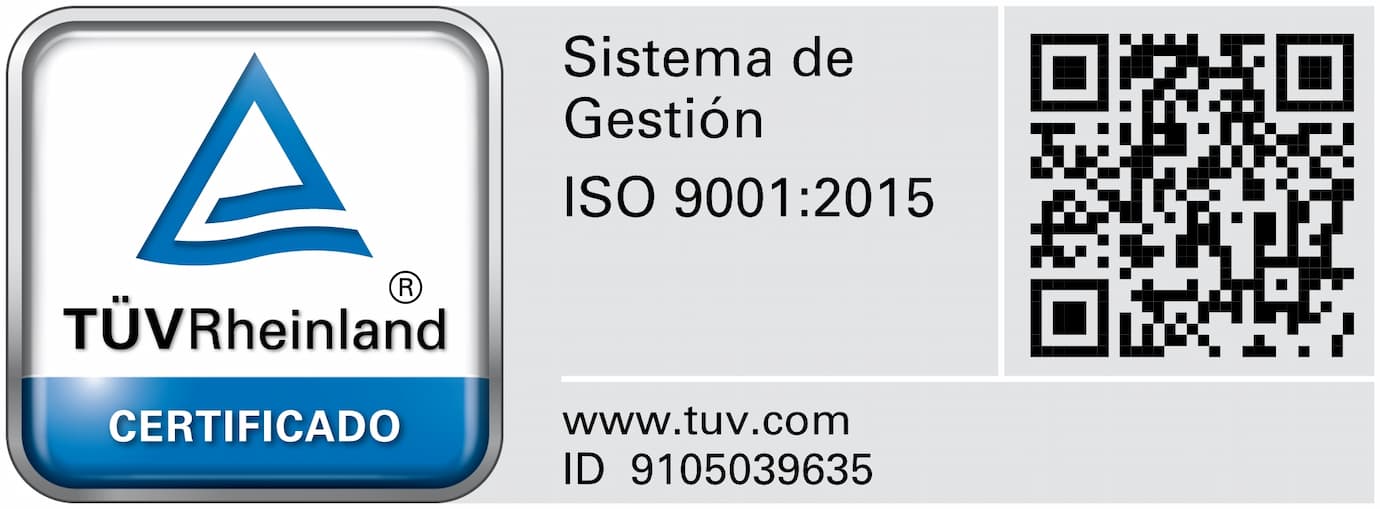Home » Printing techniques
Printing techniques
Here you can find the widest range of consumables for these graphic printing techniques widely used in the packaging industry. We can help you in your printing process by providing a quality product tailored to the specific needs of your machine or printing requirements. Flexography and screen printing are complex graphic arts, with many variables that need to be controlled in order to obtain good quality results and profitability. Therefore, the technical knowledge of our team can be very useful.
Flexography
We manufacture and distribute all types of consumables used in the flexo process in the flexible packaging, labels, corrugated cardboard and paper sectors.
Screen Printing
We supply all kinds of inks and consumables for graphic printing, industrial and textile marking. Offer of printing and auxiliary machinery for serigraphic screens.
Rotogravure
We offer swiss steel blades. Manufacture and shipment of cylinder maintenance products and cleaning of hollow process tools.
Frequently Asked Questions
Screen printing is the system that can provide the most volume (estimated range between 2 and 300 microns), thanks to the variety of screen fabrics. It is therefore used for jobs where a lot of deposit is required (embossed text or absorbent substrates) or a lot of opacity is required (printing dark T-shirts or coloured objects). Flexography is the next best, thanks to the anilox type and UV inks.
In Europe, almost all printing techniques can be found in one workshop to produce labels. Flexography is still the most common. Screen printing is used for special finishing effects. Digital and offset printing is growing for short runs. Letterpress is in decline. The predominant curing technology across all systems is Ultraviolet curing.
Currently the definition is similar for both systems. For example, for the printing of plastic films we can reproduce between 150 and 200 lpi with both systems. The great evolution of flexography in recent years, thanks to digital plates, UV inks, anilox laser engraving, etc., makes it difficult to distinguish between the different techniques. This makes it difficult to distinguish the technique used on a job.
Yes, there are some very elaborate designs to capture the consumer’s attention that require the use of several techniques, making the best of each of them. Wine labels are a good example where it is common to distinguish between them: Flexography for images. Screen printing for relief. Thermo-printing for metallic effects. Digital printing for variable data.

